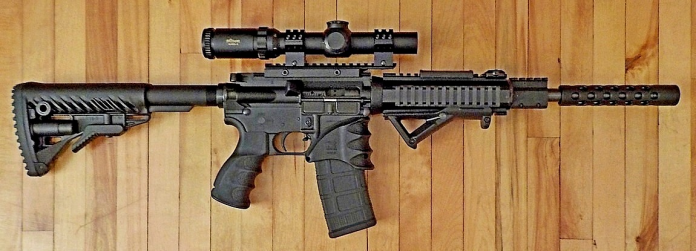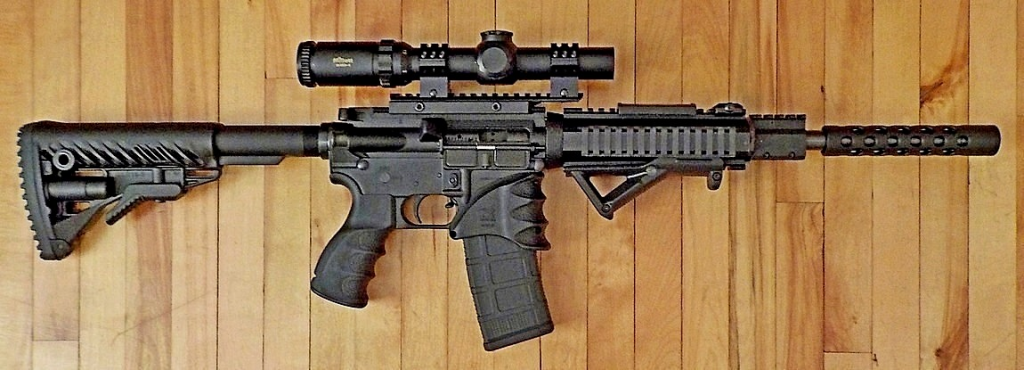
“The rifle is lifeless and has no ethical justification, as it owns no will of its own,” wrote Jeff Cooper. Naturally, it could be employed by wicked men to wicked ends, but good men outnumber evil ones, and while the former cannot be sent down the road to justice by propaganda, they can very likely be set straight by good men with rifles. No instrument has been so irretrievably interlaced into the very fabric of American history as the rifle. From the woodland crests of the Revolutionary frontier to the steamy jungles of Vietnam, some varieties have not only armed soldiers but defined the nation’s identity.
They were more than wood and metal. They were the settlers’ means of survival, the battle difference maker for the soldier, and the loyal companions of the gunsmith and hunter. Each was designed at a particular point in time, both a creation of the technology of the time and of the needs of the men and women who used them. Below are eight rifles whose history charts America’s military and cultural development.

1. Kentucky Long Rifle – Frontier Accuracy
Developed in the Pennsylvania factories of German immigrant gunmakers, the Kentucky Long Rifle the Pennsylvania or American Long Rifle had a rifled barrel of extended length and grooved rifling that produced spin on the bullet to stabilize it. The design provided colonists and militiamen with sharpshooters an unprecedented capability to kill targets at distant ranges over the contemporary smoothbore muskets.
Its reduced bore permitted frontiersmen to transport greater amounts of ammunition along on lengthy hunting or wars. Though never mass-produced, its effect was disproportionate in the Battle of Saratoga and Cowpens, where sharpshooting riflemen swept through enemy ranks. The rifle itself emerged as a motif of autonomy and self-sufficiency, so much so that the iconography of the American rifleman became inseparable from the new nation’s ideal.

2. Springfield Model 1861 – The Civil War Workhorse
The Springfield Model 1861 was the first quantity rifled musket made available for general issue by the U.S. Army. In .58 caliber and employing the Minié ball, it provided a rifled musket’s accuracy and lethality far superior to that of the smoothbore, effective fire to 500 yards.
Over a million were produced, equipping Union soldiers during the country’s bloodiest war. Its ease of use, durability of construction, and reliability made it “soldier-proof,” and its use in massed volley fire and defensive areas influenced Civil War tactics. The impact of the Model 1861 carried over into post-Civil War designs to establish it as the foundation of 19th-century American firearms.

3. Winchester Model 1873 – The Gun That Won the West
Nicknamed “the gun that won the West,” Winchester Model 1873 was a lever-action repeater chambered for the same ammunition as the most popular revolvers, making logistics easier for cowboys, lawmen, and settlers alike. Its durability and high rate of fire were perfectly suited to the rugged requirements of frontier living.
From cattle drives to rail towns, the 1873 became ubiquitous. Its cultural significance was amplified in dime novels and early westerns, when it was made to represent the expansive spirit. The rifle’s popularity among civilians served to underscore how firearms technology was reshaping security and identity in post–Civil War West.
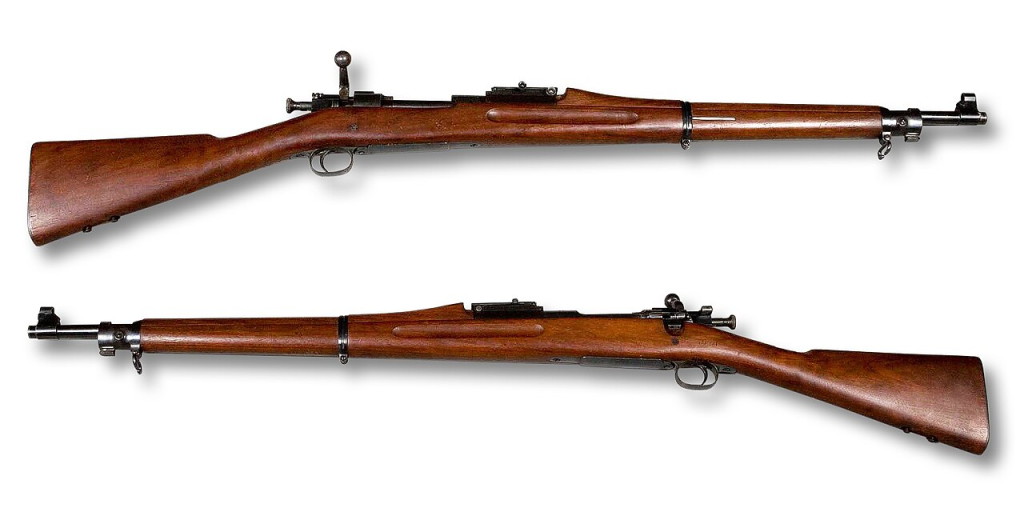
4. Springfield M1903 – America’s Bolt-Action Benchmark
Patterned after the German Mauser, the Springfield M1903 was a combination of accuracy, reliability, and adaptability. Chambered in .30-06 bore, it was as accurate out to 800 yards and could be equipped with a scope for use as a sniper. It was the World War I standard issue infantry rifle and saw service throughout World War II.
Its precision and smooth use earned it a popularity among shooters. Although replaced by the M1 Garand, the M1903 continued in service in specialized applications. The superior design of the rifle dominated civilian sporting rifles for decades and was a gold standard in bolt-action reliability.
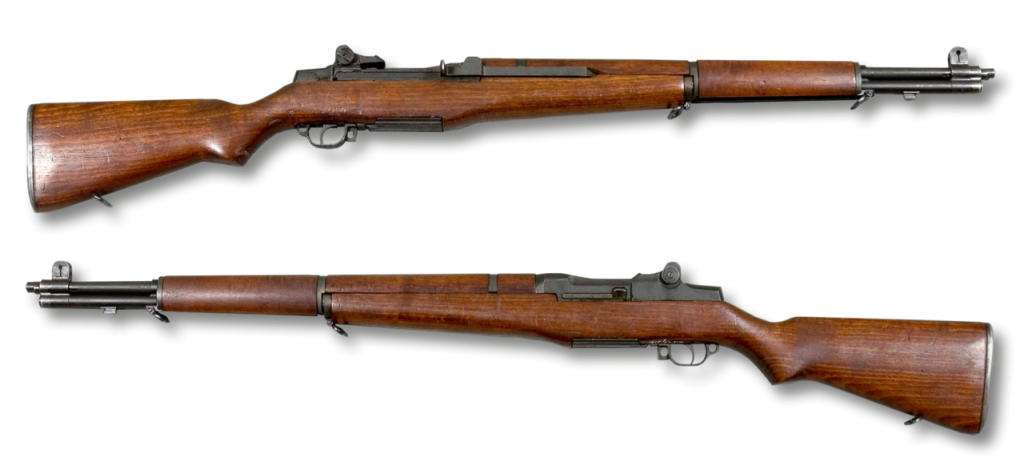
5. M1 Garand – The Greatest Battle Implement Ever Devised
Developed by Canadian-born John Cantius Garand and officially adopted in 1936, the M1 Garand was the first semi-automatic standard-issue rifle of any military. Firing the .30-06 cartridge loaded from an eight-shot en bloc clip, it enabled U.S. soldiers to shoot quickly and accurately without having to cycle the action manually.
General George S. Patton named it appropriately “the greatest battle implement ever devised.” During World War II and Korea, its toughness and firepower rendered U.S. infantry overwhelmingly superior to enemies utilizing bolt-actions. Battlefield performance and the gas-operated Garand mechanism set the template for generations of military rifles.

6. M14 – Connecting Eras of Firepower
Installed from 1957 to replace several rifles such as the M1 Garand and the BAR, the M14 was chambered for semi- and full-automatic 7.62×51mm NATO. The M14 kept the Garand gas system but had detachable magazines and updated ergonomics.
Although its recoil and weight diminished its close-range performance in Vietnam fighting, it performed adequately in marksmanship duties. The widespread use of the M14 in specialty roles over a long period indicates the interaction of its range, accuracy, and killing power attributes so highly prized by so many troops even after frontline replacement.
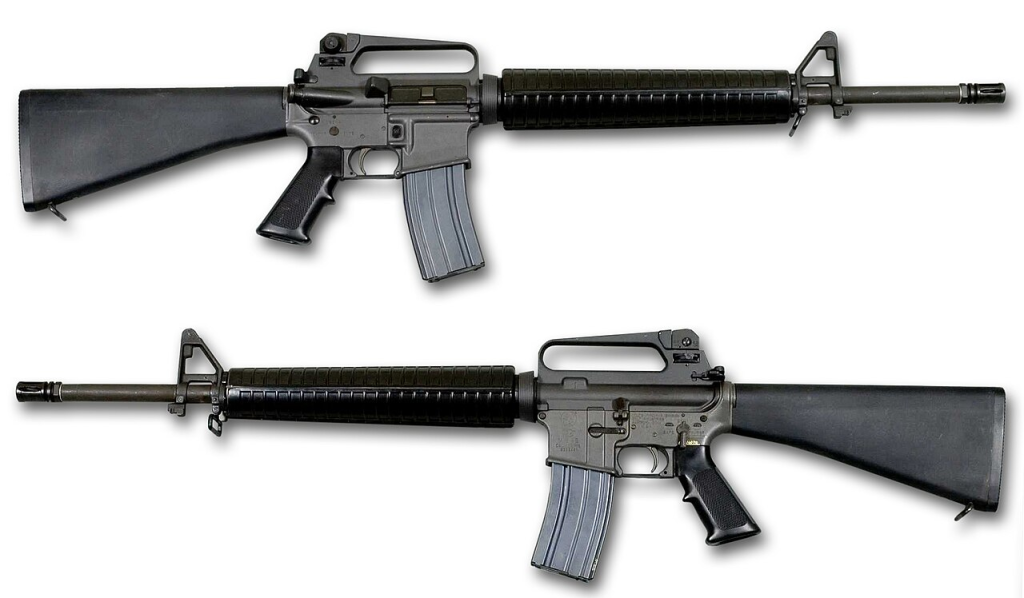
7. M16 – Lightweight and Controversial
Developed from Eugene Stoner’s AR-10, the M16 came into service in the Vietnam War as a more lightweight, reduced-caliber alternative to the M14. Initial reliability problems compounded by defective ammunition and poor maintenance training stained its introduction, but improvements yielded a sturdy, modular design.
The 5.56×45mm NATO chambering of the M16 minimized recoil and enabled soldiers to be carrying more ammo. Its versatility gave way to variations such as the M4 carbine and accuracy-lased Mk 12. The rifle has fought from Southeast Asia to the Middle East and is now, according to the NRA, “America’s Rifle” on both the military and civilian fronts.
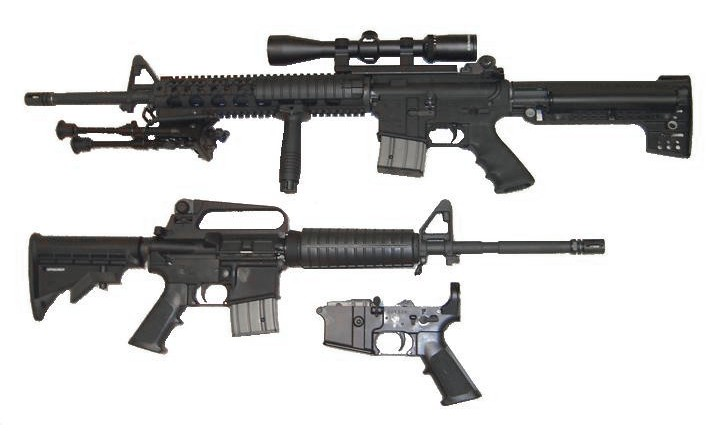
8. AR-15 – From Battlefield Origins to Civilian Icon
Originally a smaller version of the AR-10 meant for use in the military, the AR-15 came into U.S. service as the M16 before Colt started offering semi-automatic versions to the civilian market. Its ability to be customized has made it popularly known as “Adult Legos” with owners adding or changing barrel length, sights, and furniture to suit their preference.
It went into mass production after the Federal Assault Weapons Ban ran out in 2004, with millions now on the streets held by civilians. Hailed as deadly precise and adaptable, it’s one of the politically most contentious firearms in America, the focal point of controversies over gun control and gun rights.

Through centuries, they trace the path of American genius in arms from hand-fitted flintlocks to mass-produced, modular carbines. Each is a reflection of the tactical needs, technology, and mores of the age. To historians and collectors, they are more than guns but timeless reminders of the nation’s successes, struggles, and evolution.
